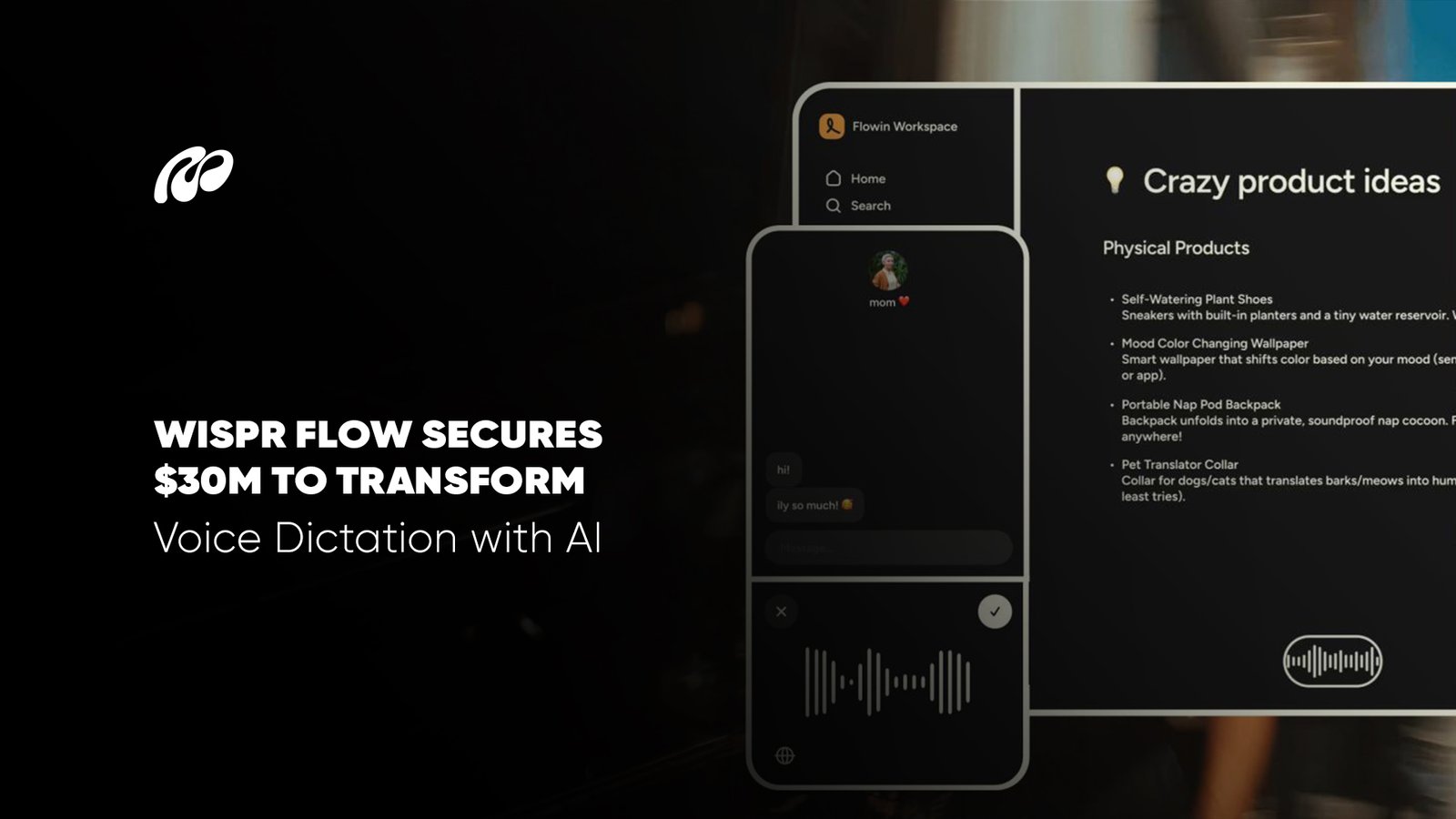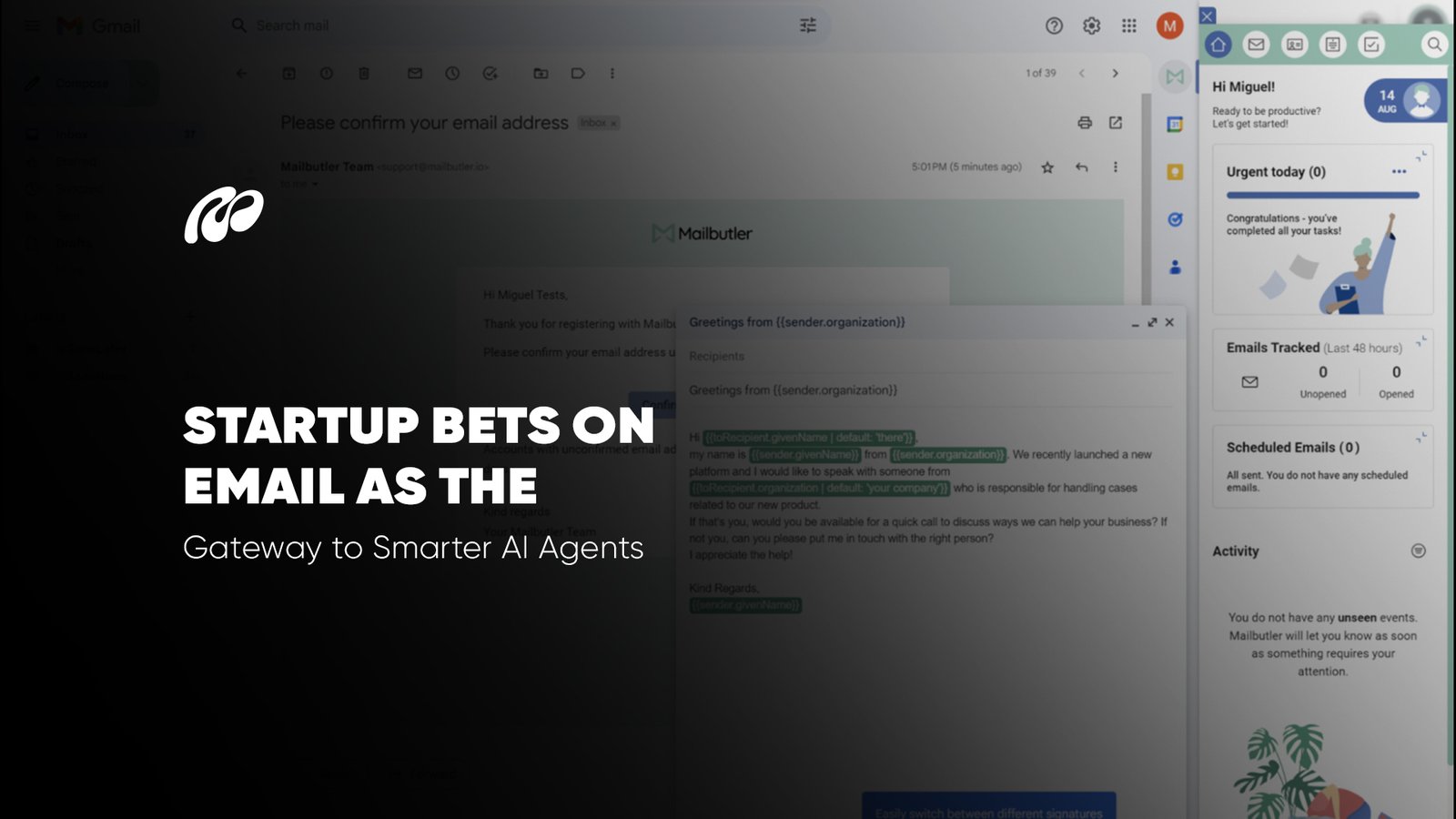Summary
- Wispr Flow raised $30 million in funding from Flow VC to scale its AI dictation and productivity app.
- The Flow app is gaining popularity as the best app for tech news and seamless communication.
- Future developments include multilingual support and media flow enhancements across devices.
- With this momentum, the company aims to raise money through expanded innovation and partnerships.
Wispr Flow, a forward-thinking startup AI venture, has secured $30 million in Series B funding with support from Flow VC. This funding will fuel enhancements to its leading product, the Flow app, widely recognized as the best app for tech news and voice-driven productivity. With intelligent dictation and seamless media flow across devices, Wispr Flow aims to redefine how users interact with technology through natural language input. The company is committed to developing more human-like communication interfaces that can function across platforms and devices without relying on screens or manual input. Its approach has garnered attention for improving how people manage their work, especially in mobile environments where multitasking and real-time input are essential.
Its privacy-first, speech-enabled platform allows multitasking and real-time automation. Users can interact effortlessly with their devices, completing tasks, taking notes, and triggering actions simply by speaking. The demand for such tools is growing rapidly, as evidenced by BypassGP, which underscores the increasing need for AI detector solutions and speech-integrated services. The move toward voice-first computing is being shaped by the rapid acceleration in both hardware capabilities and user demand. With a stronger infrastructure and a fast-growing user base, the startup is expected to raise money at a significantly higher valuation in its next rounds, enabling even broader adoption across industries like education, logistics, and digital media.
User growth and future roadmap
Since launch, Wispr Flow’s user base has doubled every quarter, thanks to its smart automation, cross-device compatibility, and simplified voice-to-action interface. The platform’s responsiveness, customizable commands, and ability to function offline in some cases have made it a favorite among professionals and digital workers. This surge is in line with trends explored in Jotbot AI Smart Voice Platforms, where voice-AI apps are becoming integral to productivity workflows. These platforms are particularly effective in fast-paced environments where keyboard input is inefficient. Looking forward, Wispr Flow will introduce multilingual support and native media flow integration into wearables like earbuds and smartwatches. These features will allow users to interact hands-free, regardless of location or language. Its long-term strategy involves entering sectors like healthcare, customer support, and enterprise collaboration, as outlined in Mattric’s Editorial Section, which discusses the expanding relevance of voice-enabled AI across varied professional settings.
The company is also set to increase hiring in AI research, user experience design, and engineering. These hires will help Wispr Flow build smarter, more personalized systems that adjust in real time based on user behavior and context. The move is intended not only to enhance the functionality of the Flow app but also to develop features that make voice input more precise, multilingual, and emotionally adaptive. A similar vision is outlined in Walter Writes AI, which explores how modern AI tools are merging voice and content creation, paving the way for more natural, speech-driven digital interaction.
On a broader scale, industry movement detailed on Mattrics Tech Briefs places Wispr Flow among the top disruptors in intelligent voice technology. With strategic hires and bold investments in R&D, the company is preparing to lead the next phase of AI-powered communication across sectors and continents.





